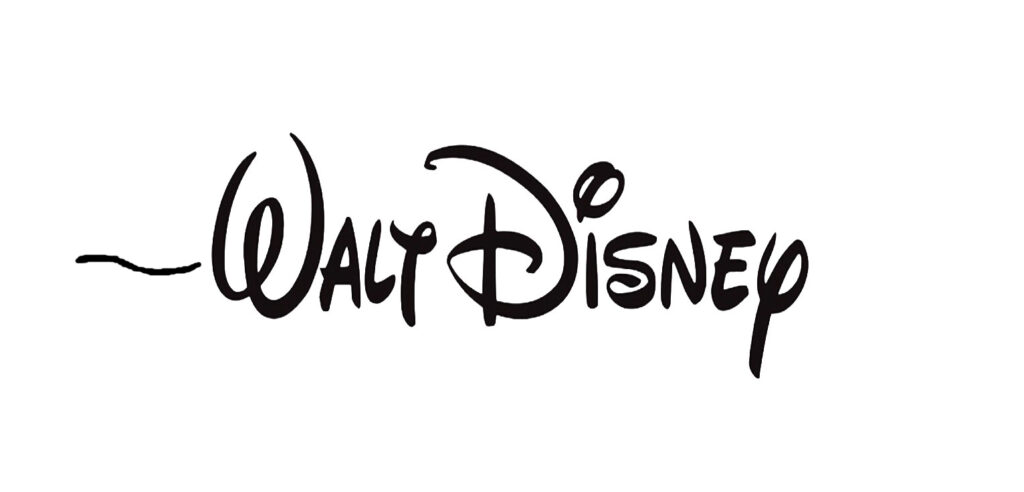SIX MONTHS, NO DICE!
Author of novels, short stories, plays, even an opera, Carlo Lorenzini (1826-1890) was born in Florence, Italy, but moved to Tuscany in order to attend elementary school there in the little town of Collodi. He assumed the town’s name as his nom de plume in 1860. In 1875 after translating the folk- and fairytales of French author Charles Perrault (1628-1703), whose work inspired two later Disney animated features Cinderella and Sleeping Beauty, Collodi was encouraged to write his own moralistic tales for children and a new form of literature started to proliferate, children’s literature. On July 7, 1881 The Story of a Puppet began its weekly serialization in Il Giornale per i Bambini (The Newspaper for Children) and continued to 1883. Authors of this sort of material were paid by the word, which of course encouraged an unfortunate extraneous verbosity. In February of its concluding year the series was compiled into a book and printed. It garnered international acclaim. In 1891 the story was translated into English and in 1901 (the year of Walt Disney’s birth!) it was first published in the USA. Though several illustrators lent their skill to visualizing the novel’s many characters and incidents the 1911 work of Attilio Mussino (1878-1954) seems the most enduring.
As a precaution, the Disney Studio in May 1934 had registered a priority on the title Pinocchio with the Motion Pictures Producers and Distributors of America. Visiting Italy during the final two weeks of his 1935 European vacation, Disney several times mentioned to the press his interest in Collodi’s tale. In June of 1937 he saw a very popular and elaborate stage production of Pinocchio directed by Yasha Frank (?-1958) and funded by the Federal Theater Project. An agency of Franklin Delano Roosevelt’s depression-era New Deal the FTP was intended to save the nation’s various theatrical workers from impoverishment. A couple months later in September top animator Norm Ferguson brought a translation of Collodi’s book to Walt. After reading it, “Walt was busting his guts with enthusiasm” as Ferguson later graphically recollected.[1] Almost immediately the studio initiated negotiation for the rights to produce it. Regardless, months before that contract was signed the Story Department began outlining a version for animation and the feature went into production.
Bambi was already in the works but getting bogged down due to serious complications posed by the animators’ difficulties with drawing anatomically-correct deer and by the story’s recalcitrance to interpretation for the silver screen. In February 1938 a couple months after Snow White’s international blockbuster reception, Disney’s artistic staff began animation on Pinocchio. Stoked with the kind of bravado that great success often inspires, they charged ahead bolstered by their hard-earned revelations about the mechanics of creation in this new artform, the animated feature. Remarked animator Ward Kimball,
“We finished Snow White… and we said, ‘Ha! We know how to do features!’ And everybody went into Pinocchio with this great load of confidence. Boy, six months later we found out, and Walt found, that what you learn in one picture doesn’t necessarily work on the next picture.”[2]
So storyboards were underway, character model sheets were drawn, inspirational artwork was doing just that, inspiring – and yet something simply wasn’t working right. Early in June 1938 already six months into production Walt stepped back and put on the brakes, discarding 2300 feet of “provisional” film.
The main problem was the title character himself, both his graphic design and his personality. At first, the puppet’s image was obviously based on those original illustrations by Attilio Mussino: completely round head, pointed nose, flat fingerless paddle hands with a mere notch indicating a thumb, stick-thin body, small narrow shoes – in short, thoroughly unappealing.

However, like John Tenniel’s illustrations for Lewis Carroll’s Alice in Wonderland, these early depictions of Pinocchio had become somewhat iconic and so to diverge from them might be regarded as a violation of the book’s integrity and raise a hew and cry of bastardization. Besides, they were quite accurately expressive of the character portrayed in Collodi’s story. But could they evoke any kind of empathetic concern on the part of moviegoers?
According to Bob Jones, former actual puppeteer and honcho of Joe Grant’s new (created in autumn 1937) Character Model Department,
“…at least 12 Disney artists struggled over an 18-month period – each contributing their own ideas – before the design [for the puppet] was finalized.”[3]
It was animator Milt Kahl who made the big break-through. Kahl elucidates:
“…they were rather obsessed with the idea of this boy being a wooden puppet. My God, they even had this midget who did the voice for ‘call for Phillip Morris’ [a well-known cigarette commercial] as the voice for a while, and it was terrible. I was rather outspoken about it. Why didn’t they forget that he was a puppet and get a cute little boy? You can always draw the wooden joints and make him a wooden puppet afterwards.”[4]
Based on this idea, Kahl animated a brief scene of the puppet searching for his father at the bottom of the ocean and when Walt saw it he knew that was the way to go.

[1] Wikipedia under “Pinocchio (1940 film)”
[2] Kaufman, J.B.: Pinocchio, The Making of the Disney Epic, The Walt Disney Family Foundation Press, San Francisco, CA, 2015, p. 29.
[3] American Film Institute uncredited article.
[4] From en.wikiquote.org/wiki/Pinocchio_(1940_film)
